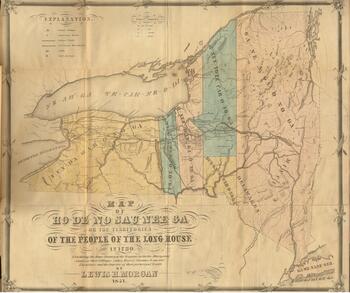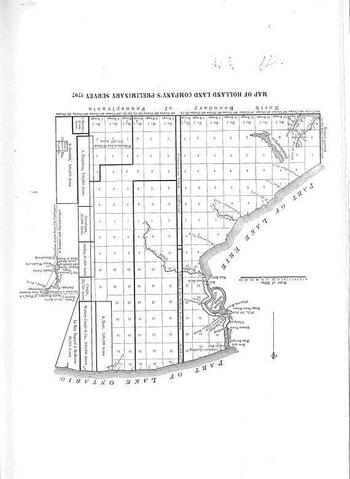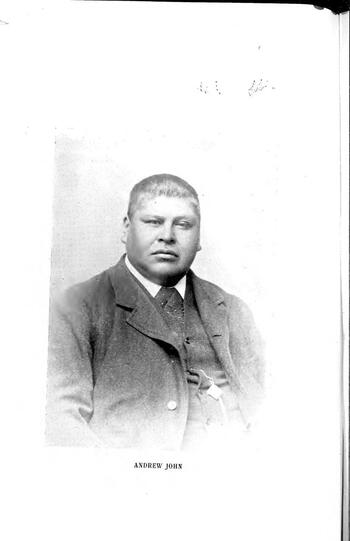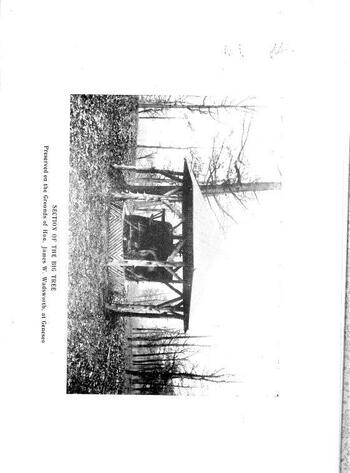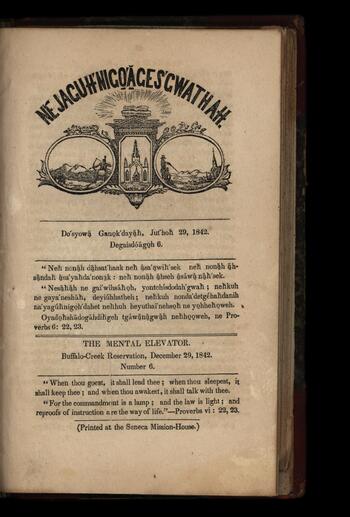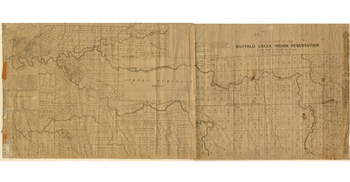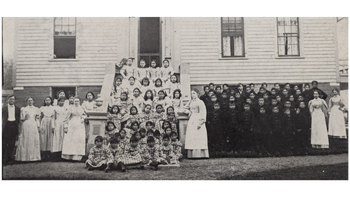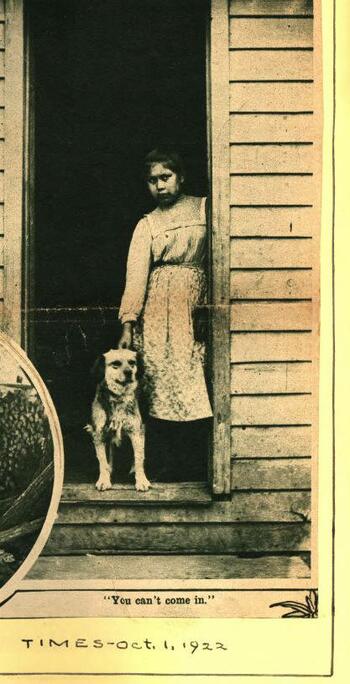Before the arrival of white European settlers to Western New York, several Native American tribes inhabited the area. Most settled near major water resources that provided access to fishing, farmable land, and easy water routes for trade. By the end of the 18th century, the Seneca were the predominant people settled in the area having resided throughout the central and western parts of the state since at least the 17th century.
With a proud and rich history, the Seneca are the largest of the six Native American nations of the Haudenosaunee, or Iroquois Confederacy. The Seneca, known as the “Keeper of the Western Door,” inhabited the westernmost region of the Six Nations. They refer to themselves as the O-non-dowa-gah, (pronounced: Oh-n'own-dough-wahgah) or "Great Hill People" in the Seneca language.
As white settlers arrived, the Seneca slowly capitulated large portions of their lands, notably in 1797 with the signing of the Treaty of Big Tree near what is now Geneseo, N.Y. The Seneca agreed to relinquish all lands west of the Genesee River, aside from 12 tracts scattered throughout the region. These tracts were set up as reservations, including the Buffalo Creek Territory on the southern border of what is now the City of Buffalo. This opened up the surrounding area to further pioneer development by the Holland Land Company, which had purchased over 3 million acres of land in Western New York in the 1790’s.
After the Erie Canal opened in Buffalo in 1825, land speculators wanted control of the few Haudenosaunee lands remaining in the area. Hundreds of settlers moving westward pressured the Seneca onto four “promised forever” reservations. However, in 1838, the State and local land speculators persuaded some leaders of the Six Nations to sign the Second Treaty of Buffalo Creek. This required the Six Nations to give up their remaining lands, including the Buffalo Creek Territory, and remove to Kansas within 5 years. The treaty was widely repudiated by the rest of the Haudenosaunee, leading to the renegotiated Third Buffalo Creek, or Compromise Treaty, of 1842. The Seneca were able to retain the Alleghany and Cattaraugus reservations, but the Buffalo Creek Territory ultimately sold to the Ogden Land Company. Most Seneca left the Buffalo Creek Territory by 1845-1846.
The legacy of the Seneca’s forced migration is reflected in the records of the Thomas Asylum for Orphaned Children kept by the Iroquois Genealogy Society.
The Thomas Indian School (Thomas Asylum for Orphan and Destitute Indian Children) was located on the Cattaraugus Indian Reservation in Erie County. It was incorporated in 1855 and ownership transferred to New York State in 1875. The school closed in 1957. The Thomas Indian School consisted of day students and students who lived there. The Tunesassa Friends Indian School was located on the Allegany Reservation in Cattaraugus County and was run by the Quakers. It became an Indian boarding school in 1852 through 1938. (Contributed by Leatha Jimerson of the Iroquois Genealogy Society)
Today the Seneca Nation of Indians has an enrolled population of nearly 8,000 citizens including those that reside on the Allegany, Cattaraugus, and Oil Spring Reservations. Many Seneca citizens live off-territory across the U.S., as well as in other countries. Off-territory residents make up nearly half of the citizenship.
The heritage of the Seneca remains very apparent in Buffalo, especially in the place names derived from the Seneca language: examples include Scajaquada Creek named after Philip Conjockety, son of a Seneca Chief. He was also known as Ska-dyoh-gwa-deh, meaning “Beyond the Multitude.” Niagara derives from the Iroquoian language name for the river. On-ga-ria or Onguia-ahra meaning “The Throat” or “The Strait.” “Niagara” is a simplification of the original word. Other sources have the translation as “Thunder of Waters.”
From the "League of the Ho-de-no-sau-nee or Iroquois" by Lewis Morgan, this map shows Ho-de-no-sau-nee villages, American towns, traditional Native American trails, territorial boundaries, falls and cold springs in New York State.
Map illustrating the large purchase of Land by the Holland Land Company from the Seneca Nation.
In this address delivered at the Big Tree Centennial in 1897, Andrew John (Jr.?) reminded attendees why the Seneca felt compelled to sell their lands.
Remnant of the "Big Tree" where the 1797 Treaty was signed which led to the development of the village and later the City of Buffalo.
Excerpt from periodical published on the Buffalo Creek Territory. Printed in the Seneca Language and English.
Map of the Buffalo Creek Reservation after it was acquired and partitioned for development.
Undated image of students and teachers included in a pamphlet memorializing the Centennial of the Thomas Indian School, published in 1955.
The removal of the Seneca from the immediate Buffalo area fueled a fascination with Seneca culture fed by newspaper journalists from Buffalo who continually made the journey to Cattaraugus and other reservations to report on Seneca Nation affairs.
